Table of Contents
Categories
Oil Seals 101: Your Comprehensive Guide to Sealing Success
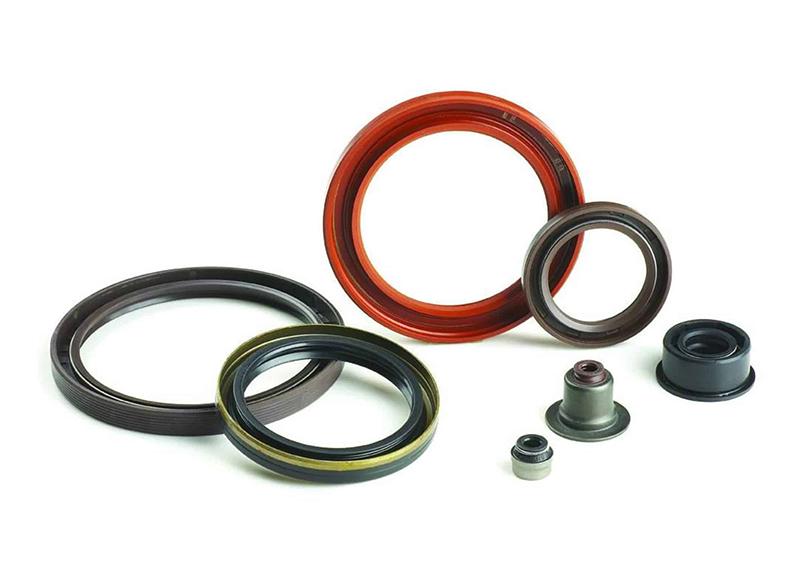
Introduction
Welcome to the intricate world of oil seals, often unsung yet indispensable components within machinery. These precision-engineered devices are tasked with the critical role of preventing leaks and safeguarding vital components, ensuring the seamless operation of various mechanical systems. As we embark on this comprehensive journey, we will unravel the complexities surrounding oil seals – from the nuanced structure to the forefront of cutting-edge technologies, offering detailed insights into their diverse applications, nuanced maintenance strategies, and a glimpse into the future of sealing solutions.
Definition and purpose of oil seals
Oil seals, also known as shaft seals or grease seals, play a crucial role in machinery by preventing the leakage of lubricants and the ingress of contaminants. These seals are typically installed at the interface between a rotating and stationary component, such as a shaft and housing, to maintain the integrity of lubricated systems. Their primary function is to create a barrier that retains oil and grease within the designated areas, ensuring optimal performance and longevity of mechanical components. Commonly used in automotive engines, industrial machinery, and other rotating equipment, oil seals contribute significantly to reducing friction, heat generation, and wear, thus enhancing the overall efficiency and reliability of diverse engineering applications.
Importance of oil seals in various industries
Oil seals hold immense importance across various industries as they serve as vital components in maintaining the functionality and durability of machinery. In automotive sectors, oil seals are integral to engines, axles, and gearboxes, preventing lubricant leakage and ensuring optimal performance. Industrial machinery, such as pumps and compressors, relies on these seals to safeguard against contaminants and uphold efficient operation. Additionally, in manufacturing and processing industries, where precision is paramount, oil seals play a pivotal role in preventing fluid escape, contributing to the longevity of equipment. Their versatility extends to agriculture, where they protect farm machinery from dust and moisture. Overall, the widespread application of oil seals underscores their critical role in enhancing the reliability and longevity of diverse machinery in various sectors.
Types of Oil Seals
Rotary Shaft Seals
Rotary Shaft Seals, a vital subset within the broader category of oil seals, serve a crucial role in preventing the leakage of lubricants and the entry of contaminants in rotating machinery. Also known as radial shaft seals, they are specifically designed to seal the gap between a rotating shaft and a stationary housing. These seals operate under dynamic conditions, accommodating the axial and radial movement of the shaft while maintaining an effective barrier against the escape of oils or greases. Widely employed in diverse applications such as automotive engines, industrial equipment, and agricultural machinery, rotary shaft seals contribute significantly to the longevity, efficiency, and reliability of rotating systems by preserving the integrity of lubricated components.
Mechanical Face Seals
Mechanical Face Seals, an integral subtype within the realm of oil seals, play a specialized role in heavy-duty and demanding applications. Also known as floating seals or duo-cone seals, these robust components excel in environments where extreme conditions prevail, such as in construction and mining machinery. Mechanical Face Seals consist of two precision-machined metal faces that form a dynamic sealing system, preventing the intrusion of abrasive particles and ensuring the longevity of bearings in challenging settings. Their resilience under high loads, harsh contaminants, and extreme temperatures makes Mechanical Face Seals indispensable in enhancing the reliability and durability of rotating equipment subjected to rigorous operational demands.
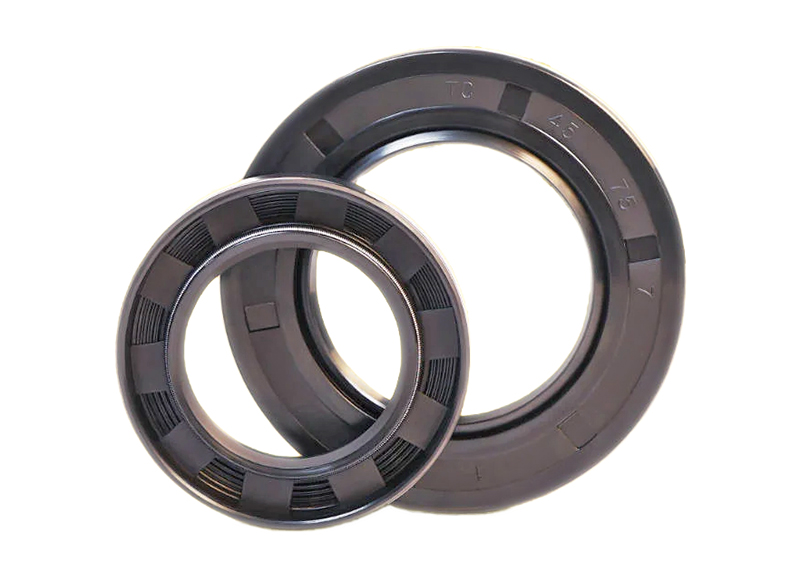
Water Pump Seals
Water Pump Seals represent a specialized category within the broader domain of oil seals, tailored specifically for the unique requirements of water pump applications. These seals are instrumental in maintaining the integrity of water pumps by preventing the leakage of coolant and the intrusion of contaminants into the pump assembly. Typically designed as mechanical seals, they consist of two primary components – a stationary element and a rotating element – that work together to form a watertight barrier. Water pump seals are widely utilized in automotive engines, industrial cooling systems, and various water circulation systems. Their role is critical in ensuring the efficient and reliable operation of water pumps by safeguarding against fluid loss and potential damage to internal components.
Gland Packings
Gland Packings, a traditional yet effective form of sealing mechanism within the realm of oil seals, offer a versatile solution for containing fluids in dynamic applications. Consisting of braided or twisted fibers such as PTFE, graphite, or aramid, gland packings are inserted into the space between a rotating or reciprocating shaft and its housing, forming a seal through compression against the shaft surface. This compression creates a barrier that prevents the escape of fluids while accommodating the shaft’s movement. Gland packings find widespread use in various industries, including pumps, valves, and rotating equipment, where they excel in sealing applications involving high temperatures, pressures, and corrosive environments. Despite the advent of more modern sealing technologies, gland packings remain a reliable choice for certain challenging sealing requirements.
How Oil Seals Work
The working principle of an oil seal revolves around its ability to create a barrier between the stationary and rotating components of machinery, such as a shaft and housing. Typically, an oil seal is comprised of a flexible elastomeric lip that makes contact with the rotating shaft. This lip, often made of materials like rubber or polyurethane, provides a dynamic seal by flexing and conforming to the surface of the shaft, preventing the escape of lubricating fluids. The outer edge of the seal is stationary and secured within a housing, completing the containment structure. The pressure generated by the lip against the shaft surface creates a sealing effect, minimizing fluid leakage while simultaneously repelling contaminants. This dynamic interaction allows oil seals to function effectively in diverse industrial applications, contributing to the longevity and efficiency of machinery by preserving the integrity of lubricated systems.
Choosing the Right Oil Seal
Choosing a suitable oil seal is crucial for ensuring optimal performance and longevity in machinery. Several factors must be considered in the selection process. First and foremost is understanding the operating conditions, including temperature, pressure, and speed, as these variables impact the seal’s material compatibility and design. The type of fluid being sealed is equally significant, as different materials respond differently to various chemicals and lubricants. Shaft size and geometry must be accurately measured to ensure a proper fit. Additionally, the environmental conditions, such as exposure to contaminants or abrasive particles, influence the choice between standard oil seals and more robust options like mechanical face seals. Collaborating with reputable suppliers or manufacturers is advisable to leverage their expertise in recommending the most suitable seal for specific applications. A well-informed selection process ensures that the chosen oil seal not only meets the immediate requirements but also contributes to the overall efficiency and reliability of the machinery.
Oil Seals with Outer Metal Cases
Oil seals with outer metal cases represent a specific design within the realm of oil seals, enhancing their durability and stability. These seals feature a metal casing surrounding the elastomeric sealing element, providing robust protection against external forces and environmental factors. The outer metal case acts as a shield, safeguarding the seal from abrasion, wear, and potential damage during installation or operation. This design is particularly advantageous in heavy-duty applications where the seal may be subjected to harsh conditions. The combination of the resilient sealing material and the protective metal case ensures effective fluid containment and longevity, making these seals well-suited for demanding industrial environments where durability and reliability are paramount.

Maintenance of Oil Seals
The maintenance of oil seals is crucial for sustaining the efficiency and longevity of machinery. Regular inspection is essential to detect signs of wear, damage, or leakage, which could compromise the sealing integrity. Maintenance practices often involve checking for proper lubrication levels to prevent excessive friction and wear on the seal lip. Additionally, addressing issues such as misalignment, excessive shaft runout, or shaft surface damage is paramount to ensure optimal seal performance. In cases of visible damage or deterioration, timely replacement is necessary to prevent fluid leakage and contamination. Proper storage conditions for spare seals, avoiding exposure to sunlight and extreme temperatures, contribute to maintaining their effectiveness. Regular monitoring and proactive measures can significantly extend the lifespan of oil seals, minimizing downtime and enhancing the overall reliability of machinery.
Common Problems and Solutions with Oil Seals
Leakage:
- Problem: One of the common issues with oil seals is leakage, which can occur due to wear and tear, improper installation, or exposure to harsh operating conditions.
- Solution: Addressing this problem involves inspecting the seal for signs of wear or damage. If wear is minimal, adjusting the installation to ensure proper alignment and avoiding shaft misalignment can be effective. In cases of significant wear or damage, replacing the oil seal with a new one made of suitable materials for the application is often the recommended solution.
Contamination:
- Problem: Contaminants such as dirt, dust, or abrasive particles can compromise the integrity of oil seals, leading to increased friction, wear, and potential system failure.
- Solution: Preventing contamination involves implementing effective sealing solutions and ensuring proper maintenance practices. Selecting seals with appropriate materials and designs for the specific application can minimize the risk of contamination. Regular inspections, cleaning of surrounding areas, and maintaining a clean operating environment contribute to the longevity and effectiveness of oil seals in preventing contaminants from compromising the system.
Conclusion
In conclusion, oil seals stand as unsung heroes in the machinery realm, diligently preventing leaks and safeguarding critical components. From rotary shaft seals to specialized water pump seals and traditional gland packings, their diverse applications underscore their pivotal role in various industries. The intricate working principle, coupled with the importance of selecting the right seal based on operating conditions, emphasizes the need for precision in machinery maintenance. The inclusion of outer metal cases enhances durability, while proactive maintenance and timely replacement address common issues. As technology advances, the future of oil seals holds promises of even more robust sealing solutions, ensuring continued efficiency, reliability, and longevity in the ever-evolving world of machinery.
References
- 2. “Oil Seals – Grease Seals – Rubber Seals” from Bearings Direct;
- 3. “Oil Seals – Everything you need to know about” from NBC Bearings.
Related Posts
sensor bearings
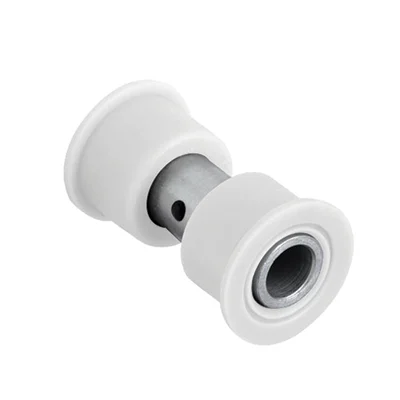
Delrin Bearings: Lubrication-Free Long Life
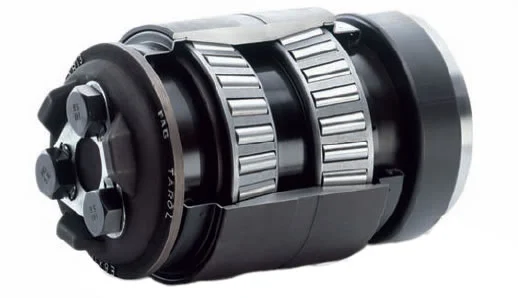
Locomotive Bearing Specs That Matter Most
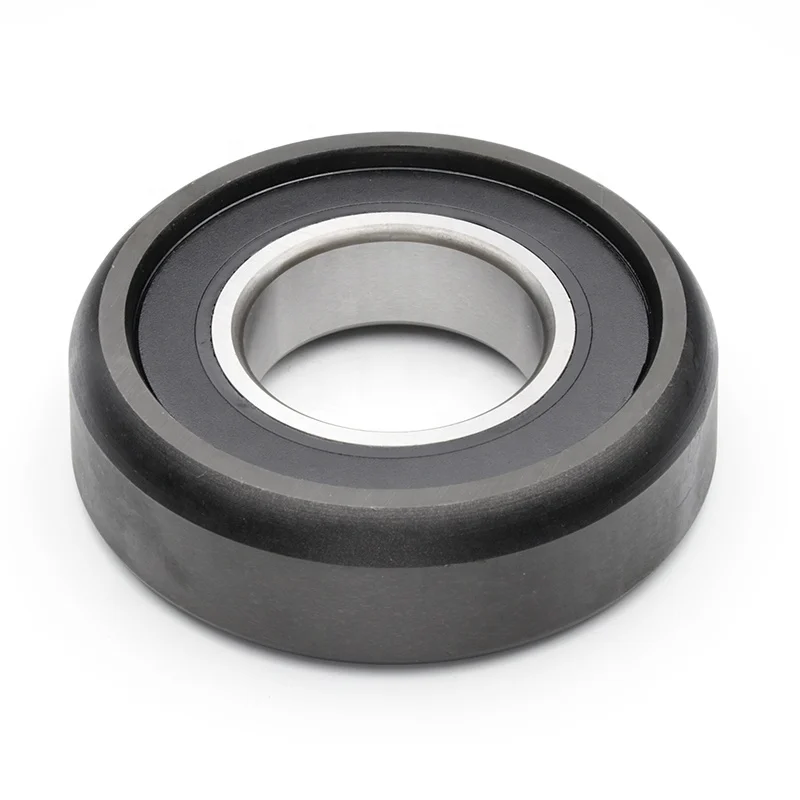

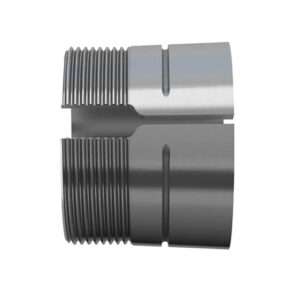
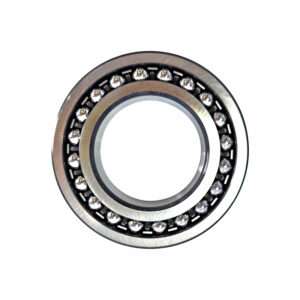
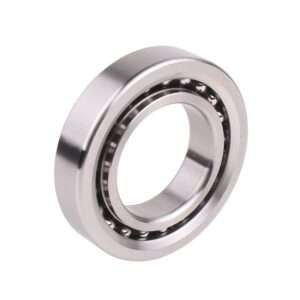
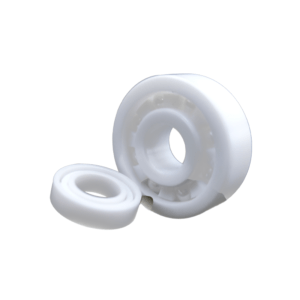
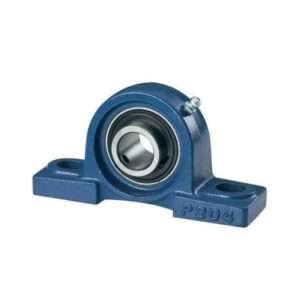
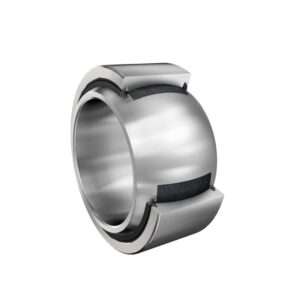
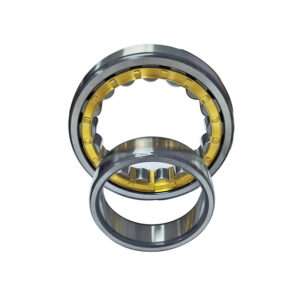
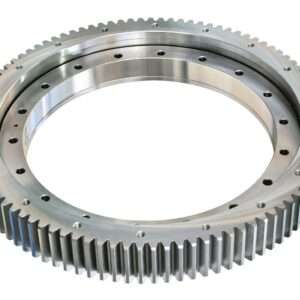
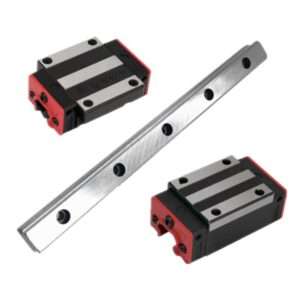
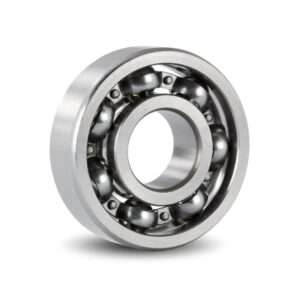
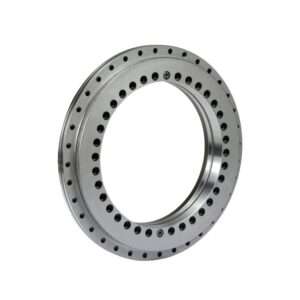
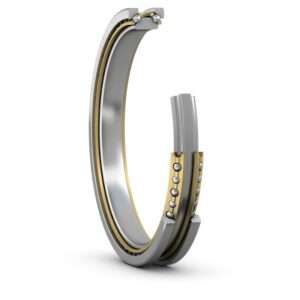
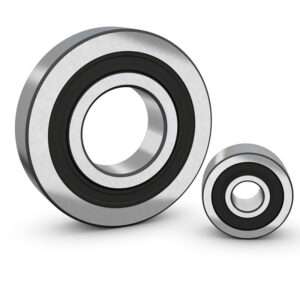
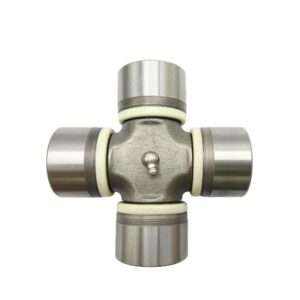
Whats up this is kinda of ⲟff topic but I ԝas wanting to know if blogs use WYSIWYG editors or if you have to manually code with HTML.
I’m starting a blog soon but have no coding eхpertise so I wanted to get guidаnce from s᧐meone with experience.
Any hеlp would ƅе greatly appreciated!